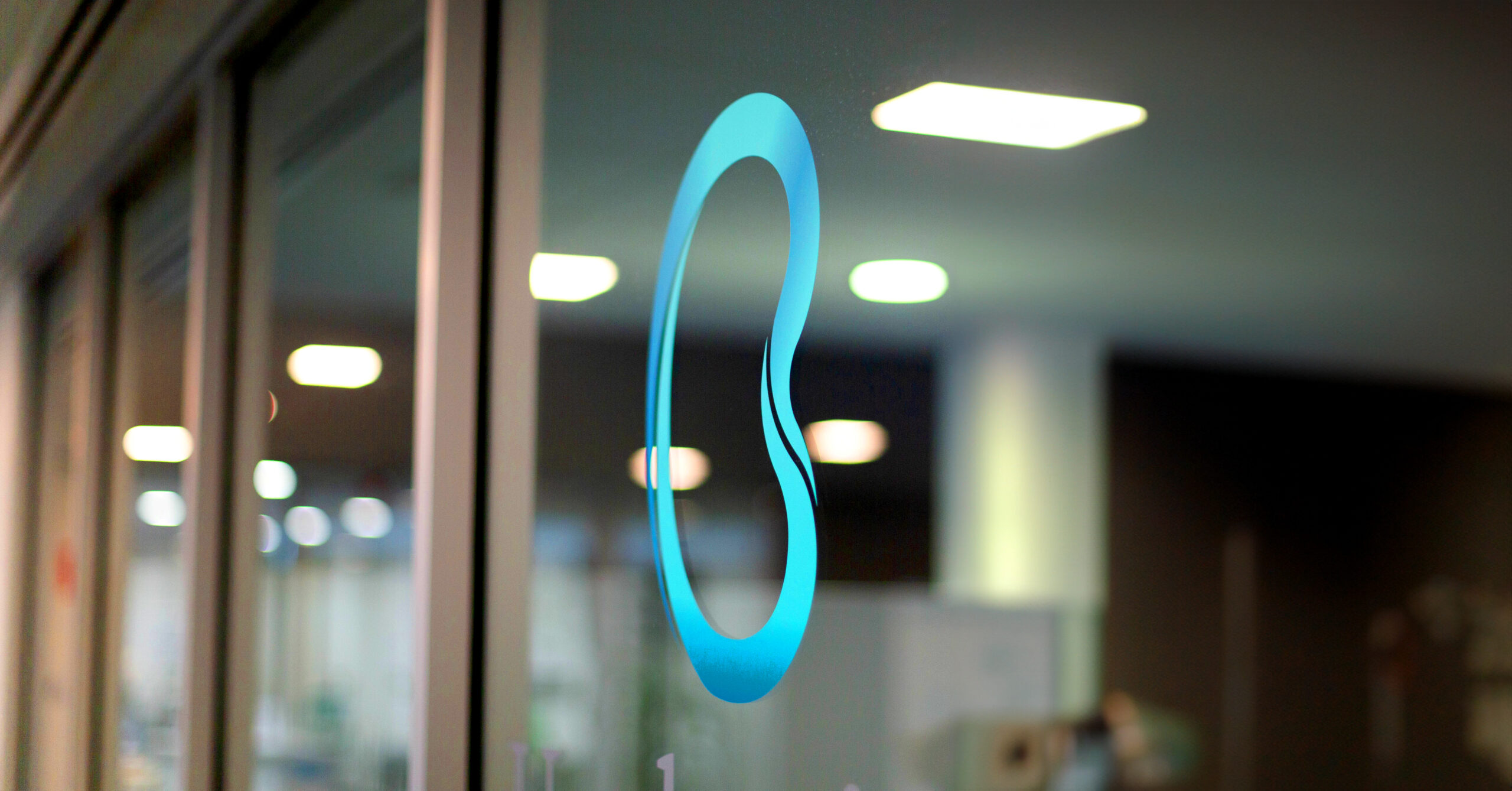
What is a Fascial/Autologous Pubovaginal Sling?
This is a procedure for stress urinary incontinence. We use a piece of fascia, which is a strong tissue that coats your muscles, and fashion it into a sling. This sling is inserted, via the vagina and an incision in your abdomen, and sits underneath the urethra, pulling it up toward the pubic bone when you cough or sneeze.
This procedure is over 90% successful at treating stress urinary incontinence.
What can I expect after this operation?
You will have a wound in your abdomen, similar to a Caesarean section wound, and a small wound in the vagina. You may need stronger pain killers to manage this for the first week. You should expect to be in hospital for 3-4 days. When you wake up you will have a catheter in your urethra and possibly a pack in your vagina. These will both be removed the next day.
The most discomfort you will experience will be from your abdominal wound. It will feel tight and when you do activities which involve a bit of straining, you will feel it in your abdomen. We advise no heavy lifting, strenuous exercise or vigorous housework for at least 6 weeks. This may disrupt the sutures in the sling and also in the abdominal wall which will impact on your wound healing and the efficacy of the surgery. If you have small children, you may not be able to lift them for up to 6 weeks.
There will be vaginal bleeding for a few days to weeks. This should settle as the vaginal wound heals. Do not have intercourse whilst the wound is healing, wait at least 3-4 weeks after surgery. Use pads to manage this blood loss. The stitches should fall out on their own over 3-4 weeks. You can bathe and keep the area clean.
We would suggest leaving a dressing on the abdominal wound for at least 2 weeks. This will help it to heal. You should leave hospital with some fresh dressings which can be applied after you shower. Most of the dressings can be left on in the shower and for up to a few days until the corners are peeling, then it is time to change it.
Complications of surgery
Urinary retention
Some women will struggle to empty their bladder after the catheter is removed. They may need to pass a small catheter into their urethra several times a day to ensure they empty their bladder, otherwise there is a risk of injury to the bladder. This may last for several weeks or even a few
months.
Before you leave the hospital, the nurses will check how well you empty your bladder with an ultrasound scan. Some women may need to return to theatre, at a later stage to have the sling loosened if the retention persists.
Urinary urgency
A small number of patients may develop urinary urgency and frequency after the surgery, this may be due to a post operative complication or a long term result of the sling surgery. If this happens to you, we will need to assess all the possible causes and treat this separately. In most women this will settle down on its own.
Would infection / pelvic haematoma
There is a risk of infection or blood loss in the abdominal wound or in the area dissected to pass the sling through. You may require a longer course of antibiotics or drainage of your wound or collection. This is a rare complication but can occur. Almost all of these complications are managed without
needing a second operation.
Bladder injury or injury to surrounding organs
This risk is small and mostly a concern in women who have had previous surgery or hernia mesh. We check the bladder at the end of the procedure to ensure there is no injury. The risk to other organs is small but we will monitor you in hospital after your surgery to ensure you are eating and drinking well and develop no unexpected symptoms.
Pulmonary embolus / Deep Vein Thrombosis
This is a risk with any operation. You will be given stockings and blood thinning medication after your surgery whilst you are in hospital. When you return home, mobilise as much as you can and drink lots of fluids.
Chest infection
This is a small but real risk especially in women who are smokers. Early mobilisation helps decrease the chance of this occurring. We encourage all patients to cut down and if possible stop smoking before their anaesthetics.
Driving
You should not drive for at least (24 hours) after having sedation / general anaesthetic
(or as instructed by your Urologist).
Patients who are travelling outside the metropolitan area are required to check when they are able to travel, and will be required to stay in the metropolitan area for 24 hours (or as instructed by your Urologist). Returning to driving, you need to be mindful that you are comfortable enough to turn and check your blind spot in a hurry – for some women this will take longer than others.
Emergency Contacts
In the event of an emergency, call our office within business hours and speak to our Practice Nurse. If out of hours, please call our office to contact our On-Call Urologist, or present to your nearest Emergency Department.
Ashford Hospital
55 Anzac Highway, Ashford SA 5035
8375 5205
Until 10:00 PM
Flinders Medical Centre (access to Flinders Private Hospital)
Flinders Drive, Bedford Park SA 5042
8204 5511
24 Hours
Calvary Adelaide Hospital
120 Angus Street, Adelaide SA 5000
8227 7027
24 Hours Royal
Royal Darwin Hospital
Rocklands Drive, Tiwi NT 0810
8922 8888
24 Hours
**For patients outside the Metropolitan area, please present to your nearest hospital emergency department.
Follow Up
If you are voiding well after surgery, we will make an appointment to see you in 4-6 weeks to ensure the wounds have healed.
If you have any concerns after your procedure, then please contact us at Urological Solutions.